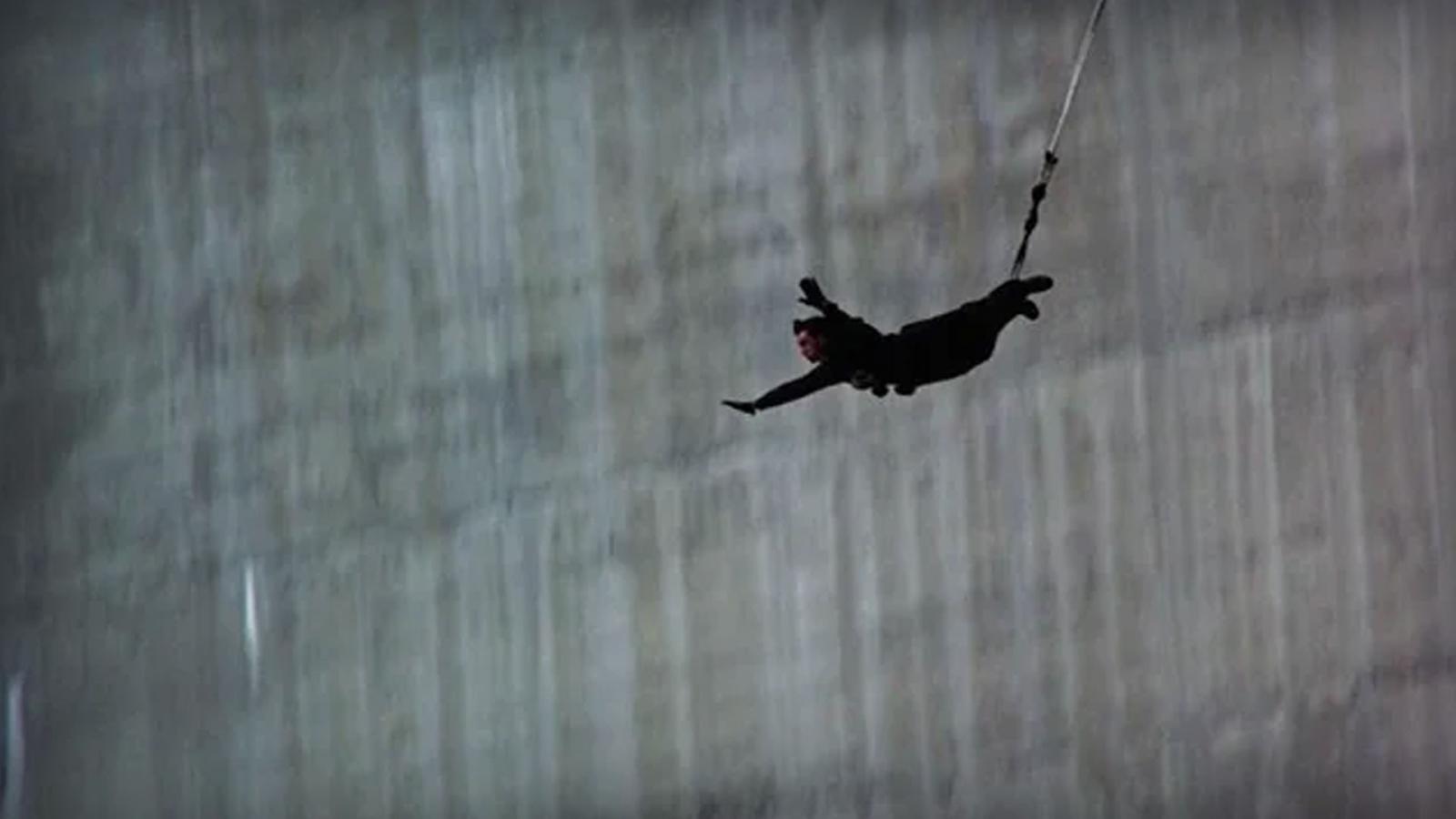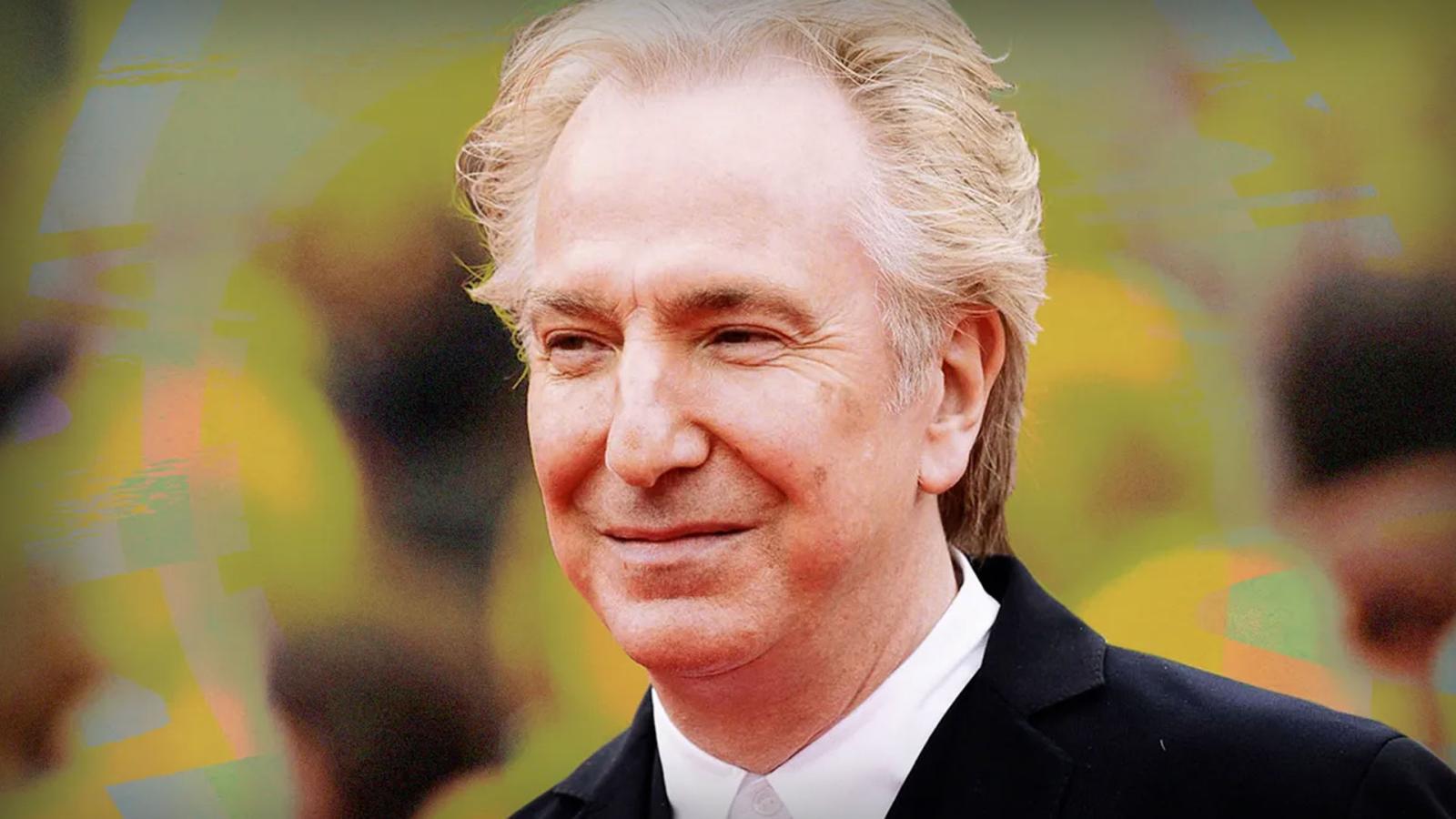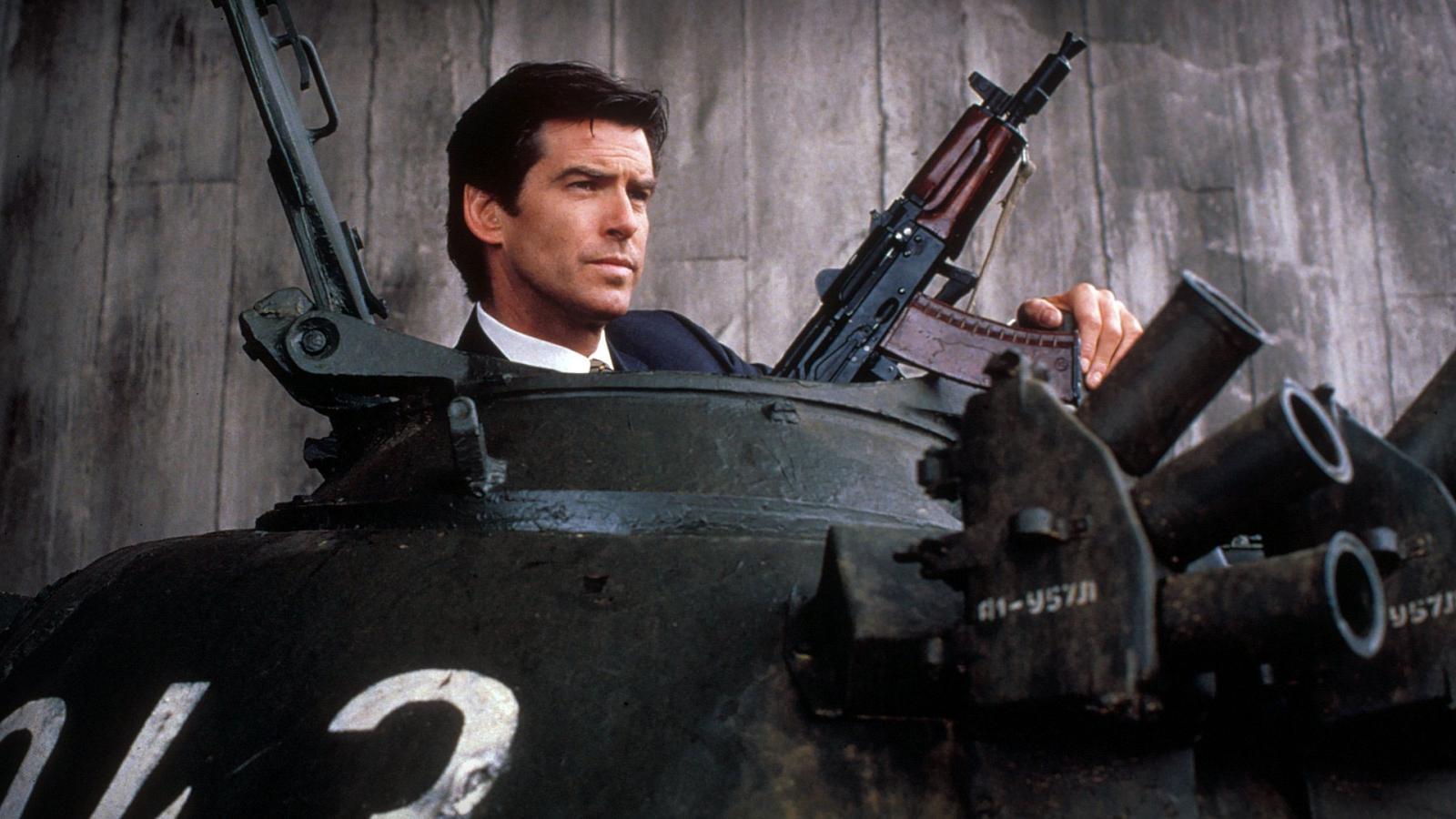GoldenEye (1995): 20 Weird Facts You Didn't Know!

After six years off the screen, GoldenEye didn't just bring Bond back—it redefined him.
The Cold War was over. Timothy Dalton had stepped away. And the franchise was facing lawsuits, stalled scripts, and no clear future. But when it finally returned in 1995, it hit with more speed, more danger, and more to prove than ever before.
The film introduced a new Bond, nearly cast Alan Rickman as the villain, and featured a stunt so dangerous it had to be done in one take. Censors pushed back. The studio took risks. And in the background, a video game tie-in accidentally became one of the most influential titles in console history.
Here are 20 behind-the-scenes facts about GoldenEye—how it was almost never made, who nearly played who, what stunts almost failed, and why the franchise never looked the same afterward.
1. Pierce Brosnan Was Originally Cast in the '80s—Then Blocked by NBC
In 1986, Brosnan was set to take over as Bond. The timing was perfect: he'd just wrapped Remington Steele, the producers were ready, and even Roger Moore gave his approval. But just before Brosnan could sign, NBC reversed course and un-cancelled Remington Steele to cash in on the Bond hype. Under contract, Brosnan was forced to return. The role went to Timothy Dalton instead. Brosnan wouldn't get his second shot for another nine years.
2. John Woo Was Offered the Director's Chair First
Before Martin Campbell signed on, the producers approached Hong Kong action legend John Woo. He turned it down, saying his operatic, slow-motion style wouldn't fit Bond's tone. Later, Woo admitted he regretted it. Had he said yes, Bond might've been flipping through the air with dual pistols—and the franchise could've gone in a very different direction.
3. The Dam Jump Was Real—and Nearly Went Wrong

The iconic opening bungee jump was done for real. Stuntman Wayne Michaels leapt 722 feet off the Contra Dam in Switzerland, setting a world record for the highest bungee stunt ever filmed. They had one take. Michaels missed his landing mark by inches. Had he hit wrong, he could've slammed into the wall. Instead, the shot made it into the final cut—and redefined what a Bond opening could look like.
4. The Ferrari Crash Cost $80,000
The mountain chase with Xenia Onatopp featured a rare Ferrari F355 that had to be handled with extreme care. One wrong move during a hairpin turn scraped the car against a guardrail, causing over $80,000 in damage. They already had the shot. The take wasn't needed. But the repair bill was very real.
5. The Tank Chase Was Filmed on a Fake St. Petersburg
While a few wide shots were captured in Russia, most of the tank sequence was filmed on a replica St. Petersburg set in the UK. The real streets were too narrow, too crowded, and too historic for the chaos Bond needed. So the crew built their own version—and destroyed it. Buildings were rigged to collapse, statues were designed to explode, and nearly everything Bond smashed through was practical.
6. Brosnan Injured Himself During the Train Scene
During the confrontation with Alec Trevelyan, Brosnan mistimed a fall and slammed his elbow on a steel rail. He felt something pop, but finished the scene. He iced it off-camera and never told producers. The shot stayed in the film. If you watch closely, you can see him clench in pain for just a moment.
7. Russian Officials Nearly Shut the Production Down
GoldenEye was the first Bond film to shoot inside Russia, but it wasn't easy. Permits were tight, and when the crew rolled a camera near a restricted military zone, the Russian army intervened. No weapons were drawn, but the production was nearly halted. It took days of negotiation and paperwork to keep things moving.
8. Alan Rickman Turned Down the Role of Trevelyan

Producers originally offered the role of 006 to Alan Rickman, hoping to follow up his iconic turn in Die Hard. Rickman declined, saying he wasn't interested in playing another villain so soon. The character was rewritten—from a generic traitor to a more personal betrayal. Sean Bean took the part, and brought a wounded, bitter energy that gave the film one of its most memorable antagonists.
9. Brosnan's Son Appears in a Hidden Cameo
In a quick close-up of Bond checking his watch, those aren't Brosnan's hands. They belong to his son, Sean. Lighting issues and scheduling conflicts meant the shot had to be done without the lead actor. Sean stepped in uncredited, matching the skin tone and hand size closely enough that the substitution went unnoticed.
10. The Bond Franchise Was on Life Support Before This Film
After Licence to Kill, Bond went silent for six years. Legal disputes between studios delayed development. Timothy Dalton eventually walked away. By the early '90s, there was no script, no production, and no clear direction. GoldenEye was a do-or-die moment. Had it failed, the series likely would've ended.
11. Brosnan Canceled the Paris Premiere in Protest
Just before the film's Paris premiere, Brosnan pulled out in protest of French nuclear testing in the Pacific. As an environmental activist, he refused to attend. The premiere was canceled entirely. It wasn't a publicity stunt—it was a decision based on principle. For a franchise built on global fantasy, it was one of the rare moments where Bond's star took a very real-world stand.
12. The Military Hardware Was All Real
The stealth boat and the high-tech helicopter weren't movie props. They were real prototypes—borrowed from Swedish and French manufacturers with full security oversight. Shooting access was tightly controlled. Every angle had to be approved. The result: when those machines appear onscreen, they're not just realistic—they're real.
13. Xenia Onatopp's Kill Scene Nearly Got the Film Banned
Her infamous leg-strangle scene pushed the MPAA too far. The sequence was flagged for sexual violence and intensity. Producers were told to tone it down or risk an X rating. The edit was tweaked repeatedly—trimming frames, softening sound effects, adjusting camera angles—until they finally secured a PG-13.
14. The MPAA Rejected the Film 11 Times

Beyond just one scene, the MPAA objected to the film's overall tone. Multiple edits were submitted and rejected. Bond's kills were deemed too cold. Shots of dead bodies were flagged. Even the sound design was altered. It became a balancing act—retain the edge without crossing the line. The final cut was accepted, but barely.
15. The Score Was Controversial—And Partially Replaced
Composer Éric Serra's electronic-heavy soundtrack broke with Bond tradition. Test audiences didn't respond well. The tank chase in particular felt flat. The studio brought in composer John Altman to rescore that sequence alone. Serra's work stayed in the rest of the film, but the hybrid approach left the final soundtrack feeling split between old and new.
16. Bono and The Edge Wrote the Title Song in Fleming's House
Instead of a studio session, Bono and The Edge wrote "GoldenEye" in Ian Fleming's Jamaican estate—the very home where he wrote the original novels. They wanted to channel the atmosphere of the location. The song was later handed off to Tina Turner, who recorded it in one take.
17. The Opening Gun Barrel Was the First Fully CGI Version
Every previous Bond film had used practical filming techniques for the gun barrel intro. GoldenEye marked the first time it was done with CGI. It was subtle, but intentional—a signal that Bond had entered the digital age.
18. "GoldenEye" Was the Codename for a Real WWII Operation
Before he became an author, Ian Fleming worked in British intelligence. One of the operations he helped plan was codenamed GoldenEye—a strategy in case Germany invaded Spain. Fleming later gave the name to his Jamaican estate, and it eventually became the title of the film.
19. A Dalton-Led Version Was Already in Development
Before Brosnan signed on, a third Dalton film—also titled GoldenEye—was in early development. Delays mounted, and Dalton stepped away. His departure cleared the way for Brosnan to finally take the role he'd lost a decade earlier.
20. The Film Was a Critical and Commercial Lifeline
With over $350 million in global box office and strong critical reception, GoldenEye re-established Bond for a new era. It became the most successful Bond film since Moonraker and proved that the franchise still had cultural relevance after the Cold War.